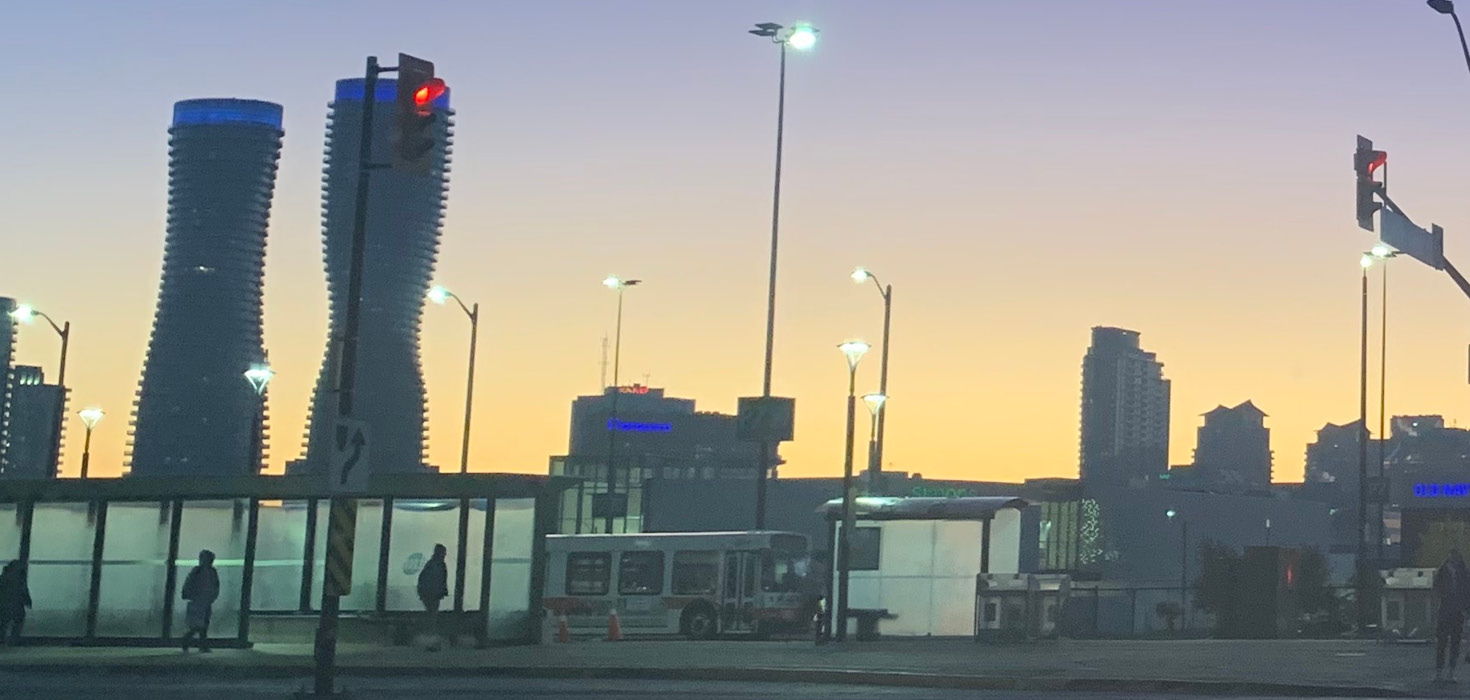Summary
The Goods Production and Distribution District (GPDD) is the heart of the Region’s manufacturing and logistics operations.
While economic activity in other Districts has dropped sharply, the GPDD, with its high concentration of essential business, has largely remained open during the pandemic. But this has placed workers at risk of COVID-19 infection and added demands on employers to modify workplaces to promote physical distancing and worker safety.
Throughout the pandemic, the GPDD kept production going and goods moving across the Region. The essential nature of major manufacturing and logistics means that it has seen the least amount of economic disruption across the five Business Districts.
Efficient movement of goods and people and harnessing the power of Industry 4.0 will be key to its future success.
Employment figures for Goods Production & Distribution
+966,000 jobs (as of 2016)
58,190 businesses (as of 2018)
433km² in geographic size
38% of employees are able to work remotely
Top 3 Sectors by Employment Share:
- Manufacturing (26%)
- Retail trade (11%)
- Transportation and warehousing (10%)
Challenges and Opportunities for the District
Prior to the pandemic, the GPDD was challenged by congestion on the Region’s roads, highways and rail corridors, at an estimated cost of $6 billion annually. Conversion pressures on employment lands have intensified while the demand for industrial real estate continues to grow. All the while, manufacturing and goods movement have been undergoing transformative change driven by technology and the rise of e-commerce.
Impact of the Pandemic
As much of the economic activity in the District has continued through the pandemic, its essential workers have been exposed to elevated health risks. At the same time, while cargo air transportation increased, the aviation sector has taken a major hit, with dwindling economy activity and layoffs in the face of widespread restrictions and reduced movement of people. Pressures on demand for warehouse space increased with the rise in e-commerce, which presents both challenges and opportunities for businesses in the District.
The drive toward further automation will have potential long-term impacts for the Region’s manufacturers.
Recovery Post-Pandemic and Future Growth
At the other side of the pandemic, an economic reset presents an opportunity to re-think and re-explore how we make and move goods in the Region. We need to adopt a multi-modal goods movement strategy that balances road, rail, marine and air transportation of goods with passenger movement. Across the Region, increased steps must be taken to protect and develop an inventory of employment lands. The production and movement of goods must increasingly adopt Industry 4.0 technologies to enhance the Region’s economic competitiveness.
More Pandemic Recovery & Growth Data
Explore more outcomes from this Board of Trade initiative.





